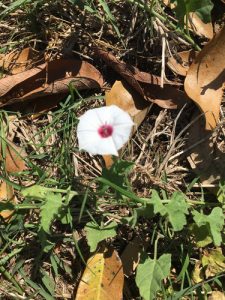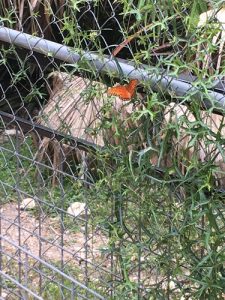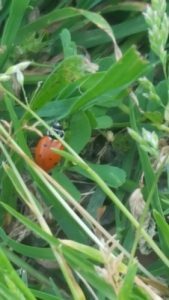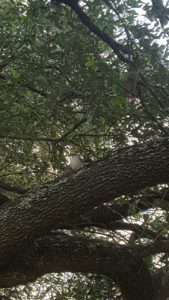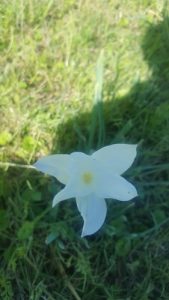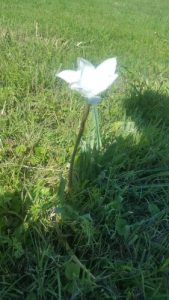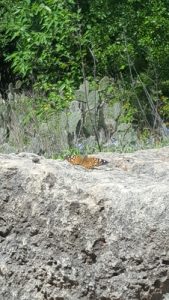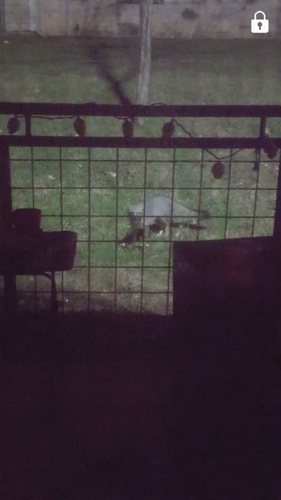I found this Oriental False Hawksbeard on our walk around campus in the garden outside of JBWS. It is a non-native plant in Texas; it is native to Japan and Southeast Asia. It is considered an invasive plant and can be found in places all over the world. I loved it’s little clusters of bright yellow flowers.
http://www.inaturalist.org/observations/5433876



